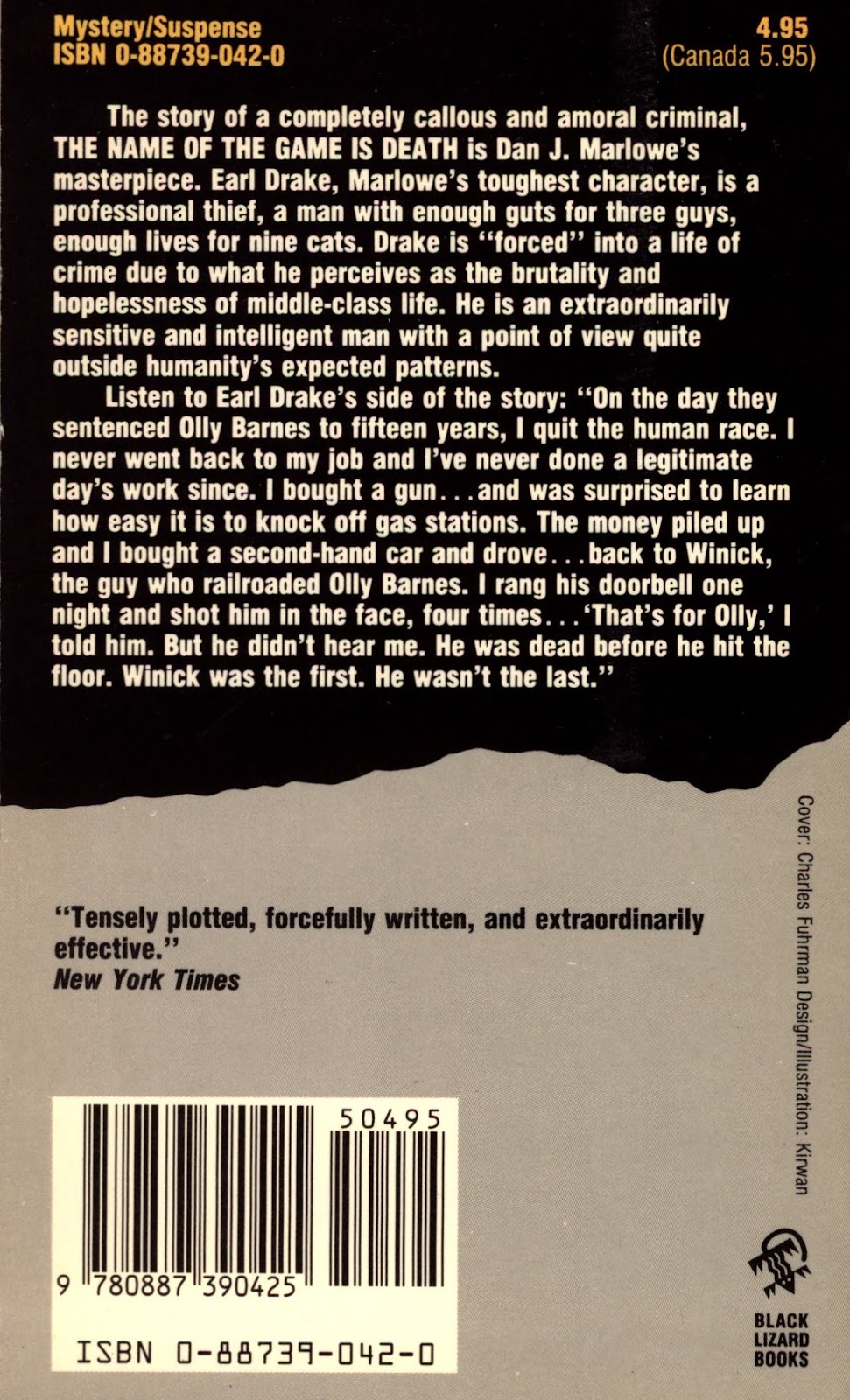

There are others, too, who walk the desert looking for tiny rock drawings preserved in the salty desiccated landscape from thousands of years in the past. The woman, Violeta, goes on to articulate a wish that these astronomers might for once point their telescopes into the ground, to “see through the earth” and hunt for the dead, just as they do among the lifespans of stars.

In this quiet juxtaposition, Guzmán delivers a potent message on the kinds of quests society willingly tolerates, preferring the scientific searches of the deep and distant past over that more painful effort to preserve those recently forgotten and shunned. This scene occurs not far off from one in which we see a group of astronomers sitting behind their computer screens, excitedly explaining how the calcium in our bones can be traced all the way back to the Big Bang. Guzmán shows us a woman, in the last light, bending down in the hope of finding little more than a shard of human bone that might once have belonged to her husband. The shiny modern machines opening their lenses to the sky rise out of the same land that’s host to the ruins of concentration camps and the bodies of the missing.

In the Atacama, the technological effort accompanying the astronomer’s devotion to the past - their primary source of information, as the light reaching us from distant objects comes after hundreds, thousands, millions of years have passed - is set throughout the film against the more painful and painstaking efforts of the various women still searching the desert for the remains of family who were disappeared in the 1970s. But to Guzmán, this telescope also stands as a reminder of his country’s rapidly disappearing historical memory, a memory that’s become ever more creaky and confined to the outliers of society - in this case, to those who continue to wander the desert, the sole bearers of witness to the past, working to preserve their dead. The old telescope represents a more innocent era, before Pinochet’s regime and the subsequent mass disappearances that swept Chile. The film opens with a disorienting sequence, of an ancient, creaking telescope coming to life, until at last it is ready to turn its lens onto the far more dazzling cosmos. Patricio Guzmán’s documentary Nostalgia for the Light (2010) paints a stunning portrait of Chile’s Atacama Desert - from its otherworldly, international preeminence as a site for beholding the stars, to the scarred traces still present in the arid land of horrific acts committed under the Pinochet dictatorship. Sign up for our newsletter to get submission announcements and stay on top of our best work.


 0 kommentar(er)
0 kommentar(er)
